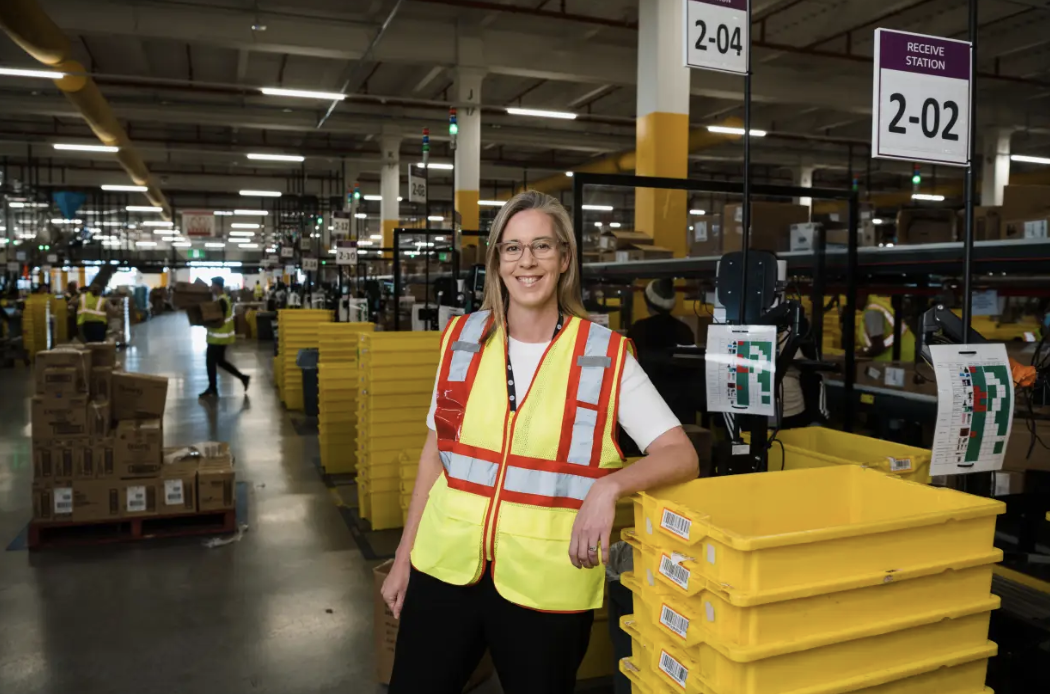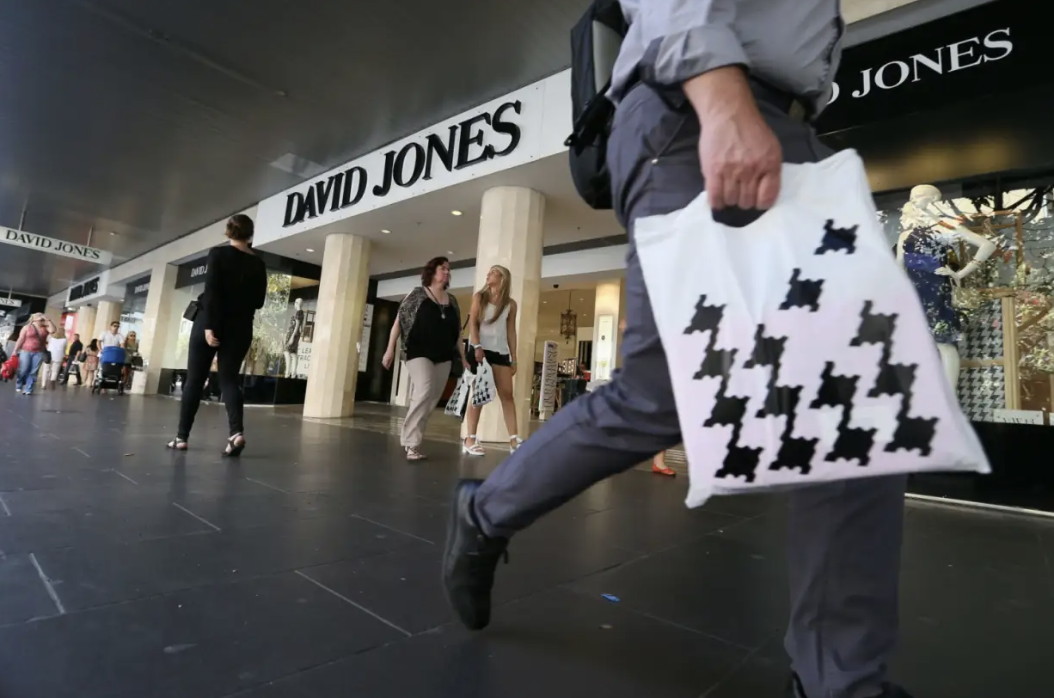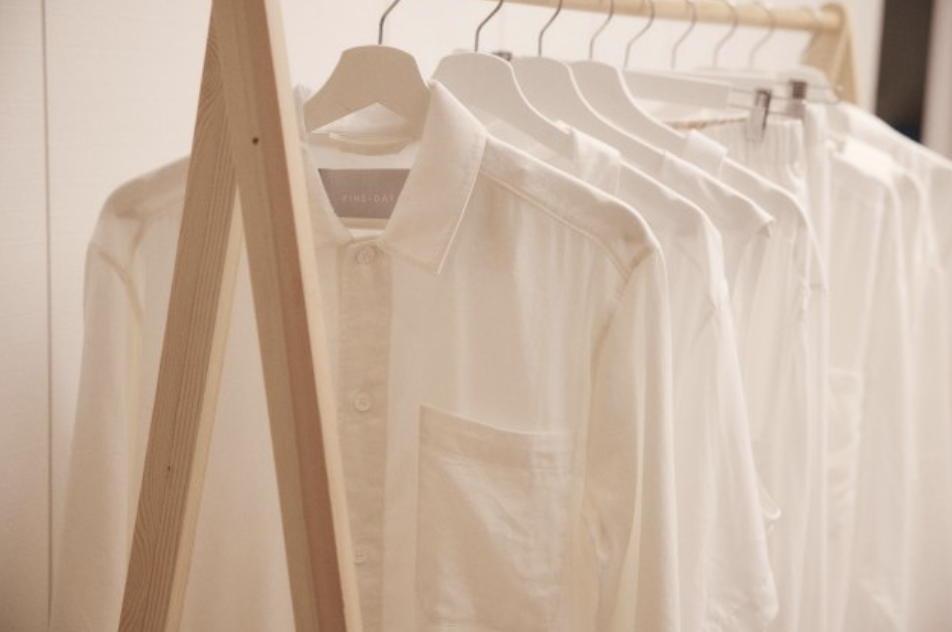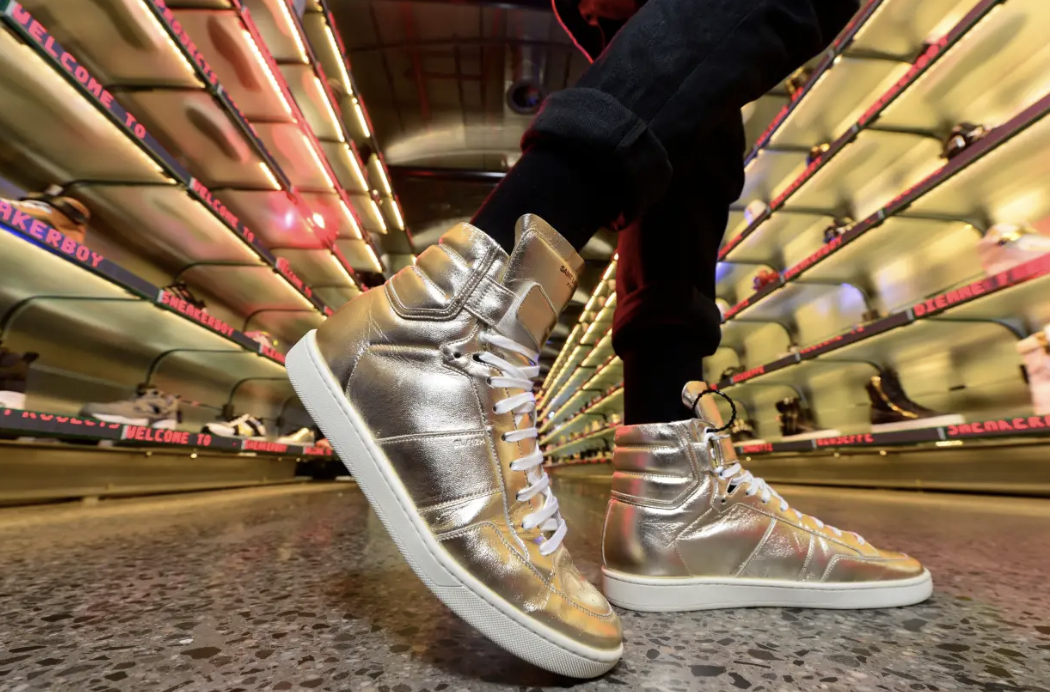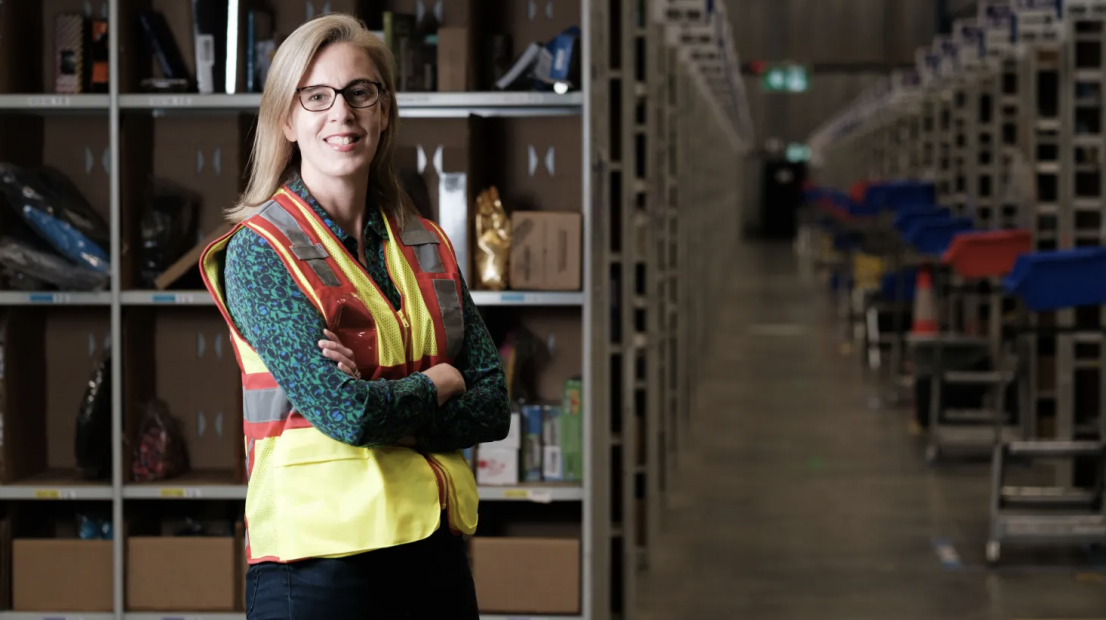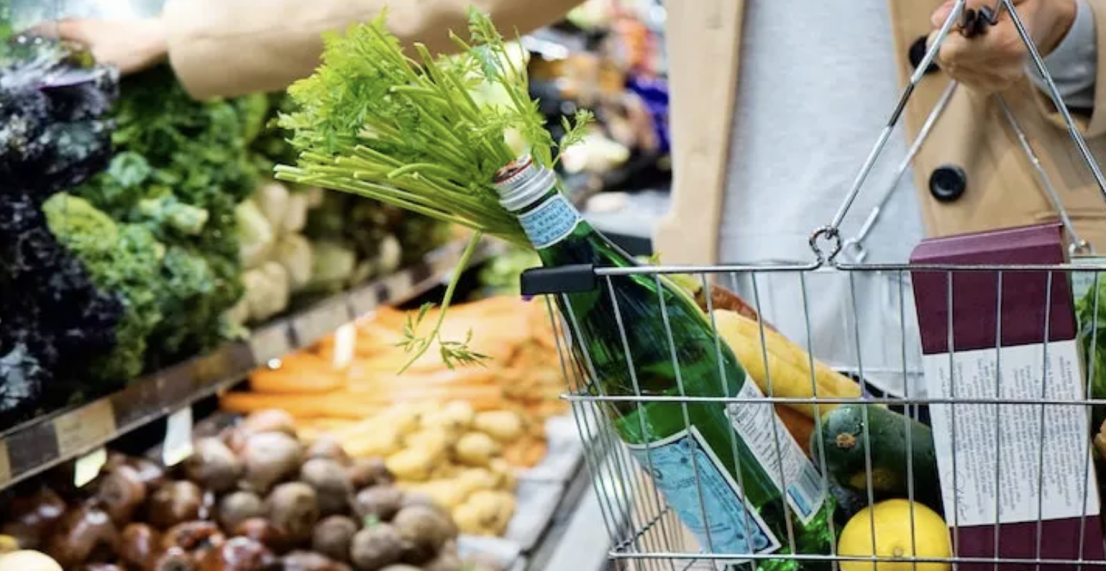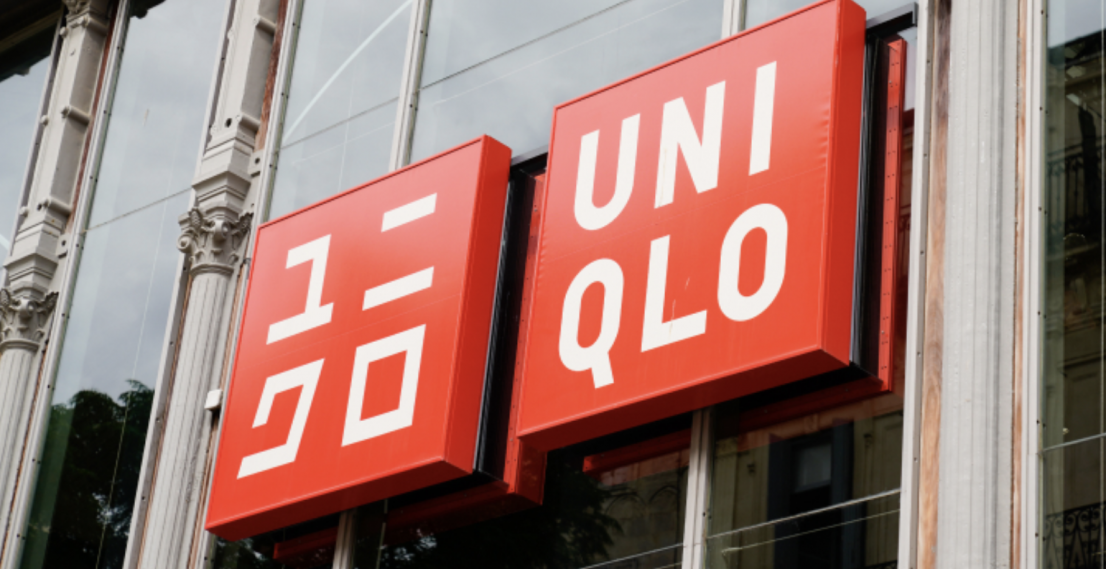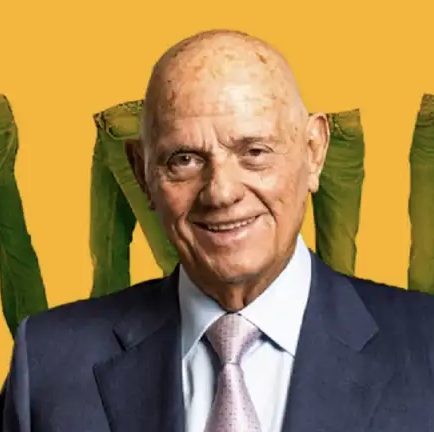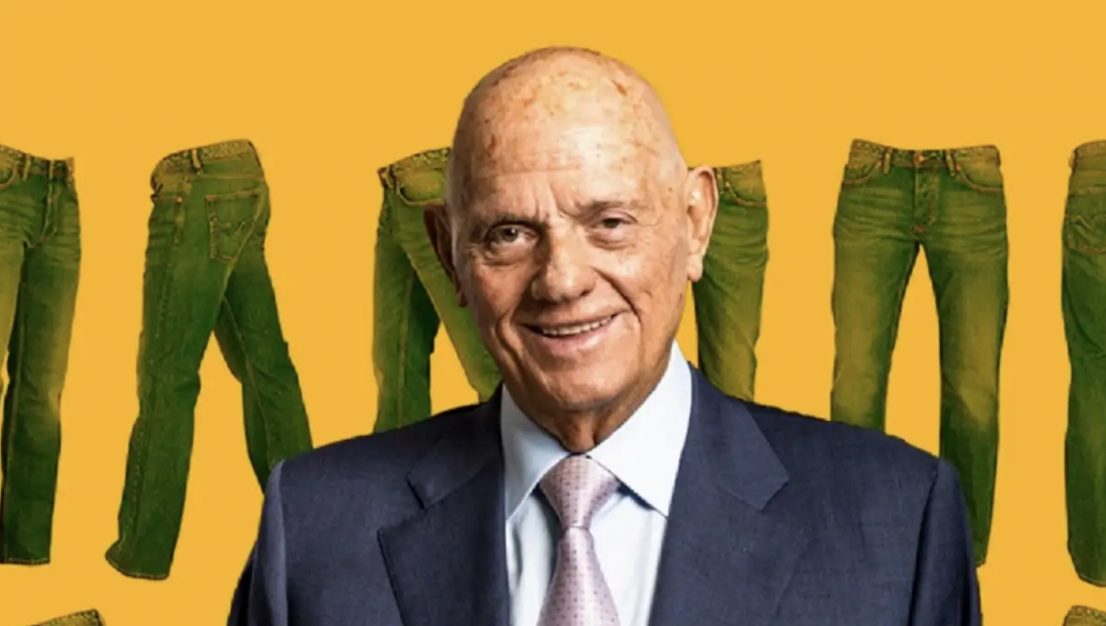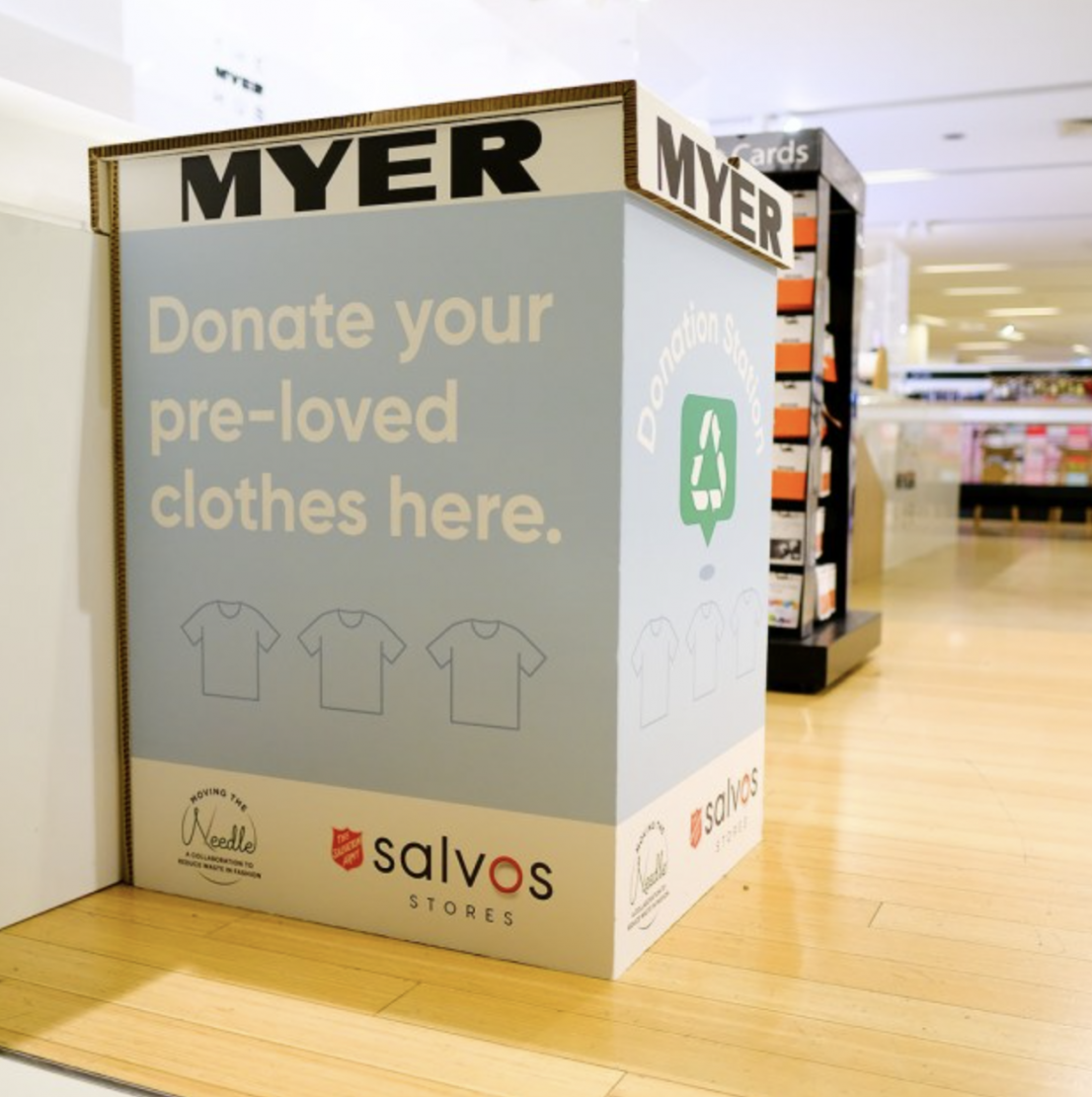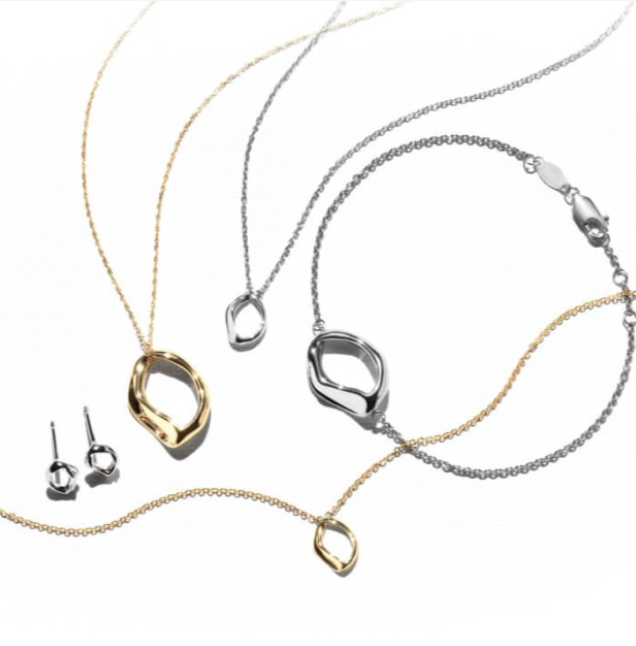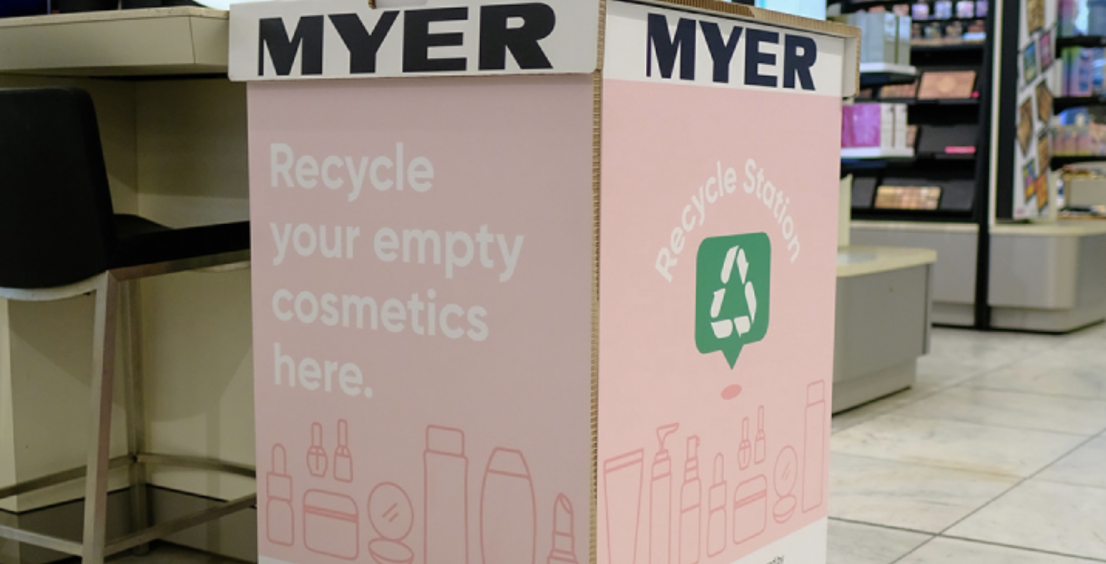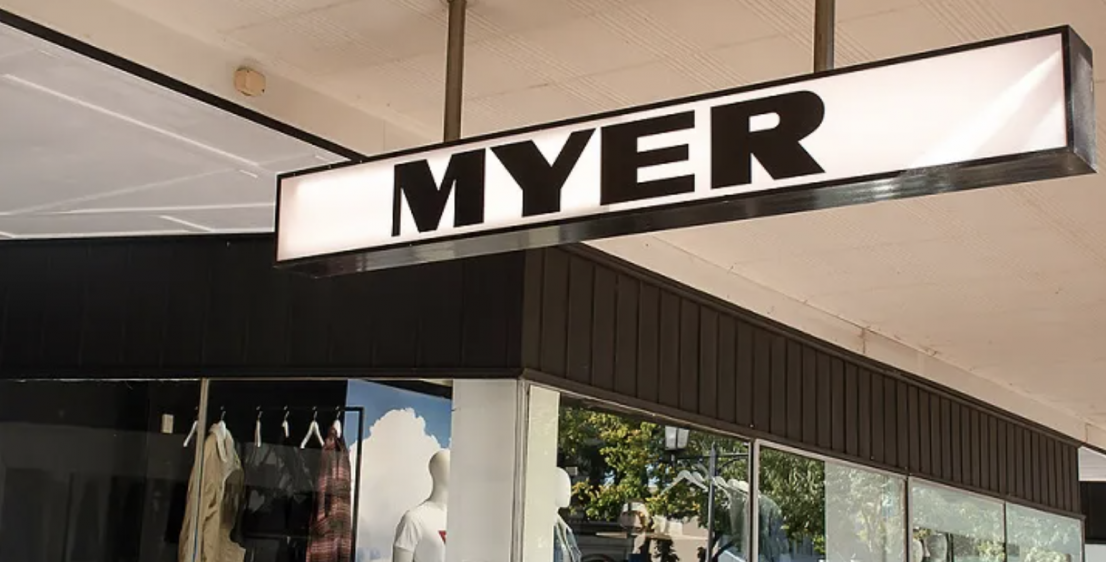Inflation could turn negative by late next year as petrol prices decline and supply chain pressures ease, allowing the Reserve Bank of Australia to avoid being too aggressive on interest rate rises.
Economists expect some major global inflationary pressures to be temporary and Australia’s quarterly headline inflation to be low or negative by the final quarter of calendar 2023.
An expected easing of inflation pressures next year meant the RBA should not lift the cash rate too far above the estimated 2.5 per cent neutral rate, said Outlook Economics director Peter Downes.
The sharp rise in the cost of oil, shipping, freight and manufacturing stems from Russia’s war on Ukraine driving up energy prices, China’s COVID-19 restrictions choking global supply chains, ultra-loose monetary policy and government spending.
“These special factors will begin to reverse,” Mr Downes said.
“If global growth slows and global oil prices fall back to around $US60 a barrel, fruit and vegetable prices fall back, freight rates return to pre covid rates as they are already most of the way there and building costs return to some sort of normality, then the through the year headline rate could be negative by the end of next year.”
Bond traders have reduced the outlook for long-term interest rates in response to central banks worldwide aggressively raising rates towards “neutral” – the theoretical rate that is neither stimulatory, nor restrictive.
The RBA meets on Tuesday and is widely expected to increase the 1.35 per cent cash rate by another 0.5 of a percentage point to 1.85 per cent, with more increases to follow in coming months.
The 6.1 per cent annual inflation rate for the June quarter reported on Wednesday meant a 0.5 of a percentage point rise was likely on for next week, said Commonwealth Bank of Australia economist Gareth Aird.
“We believe the case to move the cash rate by more than 50 basis points at the August board meeting is weak,” Mr Aird said.
“The inflation data did not surprise to the upside.
“And whilst the annual rate increased, the quarterly pulse of inflation did not accelerate.”
Treasurer Jim Chalmers and Reserve Bank of Australia governor Philip Lowe have warned inflation will spike above 7 per cent by late this year, but expect inflation to ease next year.
A negative quarterly headline inflation rate was “not out of the question” later next year if the global price of oil and petrol prices fell significantly, said ANZ economist David Plank.
However, Mr Plank said the RBA would be more concerned about underlying inflation, which ANZ tips to eventually fall below 3 per cent in annual terms by mid-2024. Annual underlying inflation was 4.9 per cent to June 30, the Australian Bureau of Statistics said this week.
Key will be wages
“The real inflation key will be the behaviour of wages if the unemployment falls below 3 per cent as we are now forecasting,” Mr Plank said. In June, Australia’s jobless rate fell to a 48-year low of 3.5 per cent, the ABS said.
It is possible that headline quarterly inflation could turn negative late next year if the oil price plunged, but the RBA’s more important measure of underlying inflation would still be firm, said HSBC Australia chief economist Paul Bloxham.
“The important part is domestic non-tradables inflation, which will remain above target given the tight labour market and likely momentum in wages growth by next year.”
Mr Bloxham tipped the RBA cash rate to hit 2.6 per cent by this December.
The RBA could get “lucky” next year as global inflationary forces recede, if the bank managed to keep a lid on inflation expectations, he said.
While Dr Lowe appears confident much of the supply-side inflation pressures from overseas will ease, he is keeping a close eye to make sure a wage-price spiral doesn’t develop to underpin a new burst of inflation.
He has said it is important to keep a lid on inflation expectations, to deter businesses from rising prices too much and workers making excessive wage claims.
Globally, a big jump in soft commodity prices such as corn, wheat, canola, cotton, live cattle, lamb and pork has driven food inflation. After surging, prices for most of these farm products have declined.




